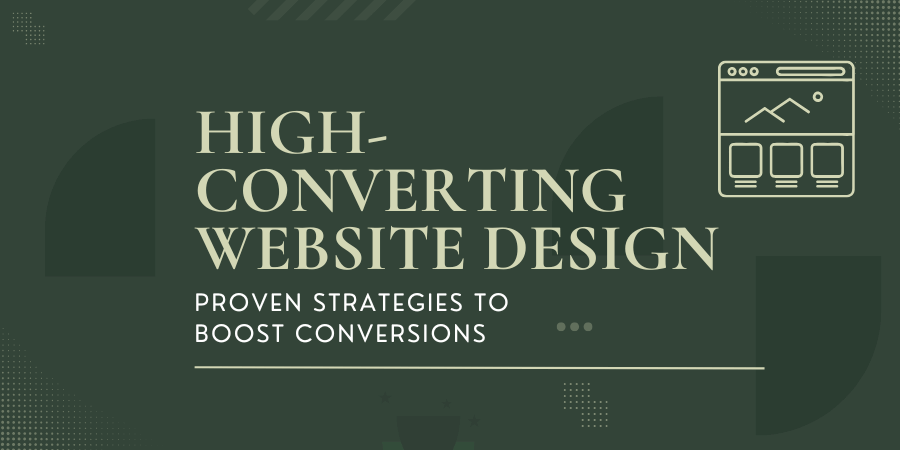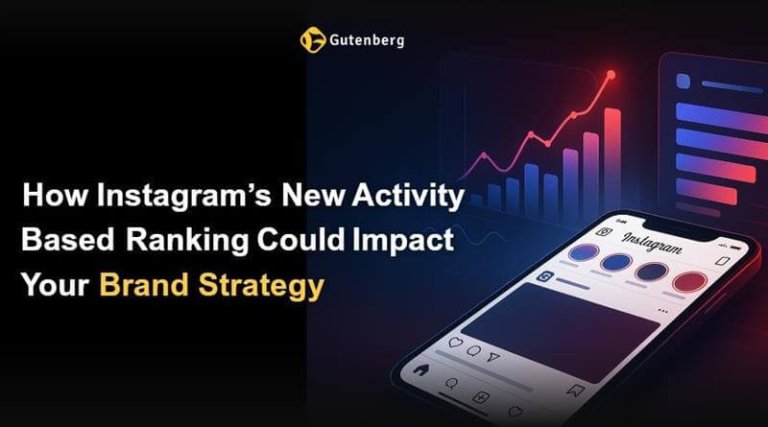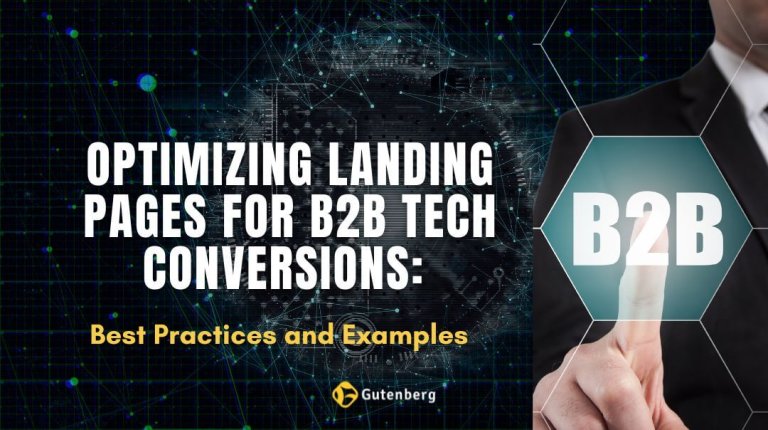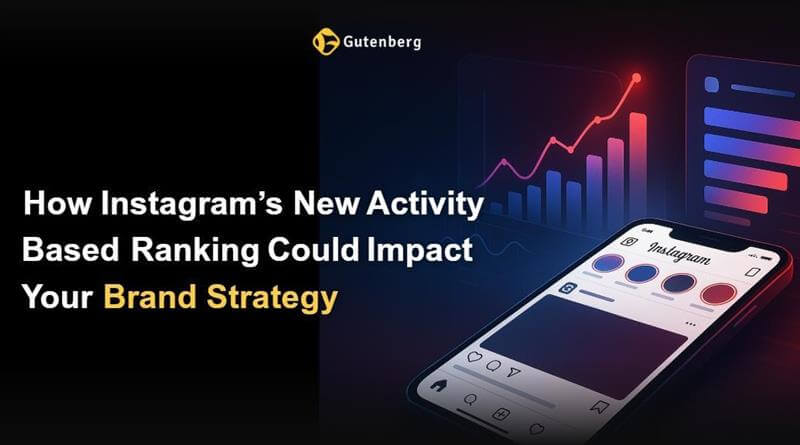Have you ever wondered why visitors land on your website but don’t take action? Whether it’s signing up for a newsletter, making a purchase, or filling out a contact form, a high-converting website design plays a crucial role in turning visitors into customers. Your website isn’t just a digital storefront—it’s a revenue-generating tool. But if users aren’t converting, something is off. A well-designed website isn’t just about aesthetics; it’s about guiding users toward action seamlessly.
Research shows that 88% of online users won’t return to a website after a bad experience. Meanwhile, a well-optimized website design can increase conversions by up to 200% (Fo. Poor user experience (UX) can even cause businesses to lose nearly 35% of their potential revenue. In this blog, we’ll explore the best UX practices for websites that can boost conversions instantly.
1. Simplify Navigation to Enhance User Engagement
One of the core elements of website design for conversions is intuitive navigation. If users struggle to find what they need, they leave—often for a competitor. Amazon, for example, ensures seamless navigation by providing clear categories, search functionality, and personalized recommendations. Studies show that 94% of first impressions about a website are design-related, and navigation plays a huge role in that.
- Use a clear menu structure: A cluttered menu overwhelms users. Limit top-level items to 5–7 and use drop-downs sparingly.
- Implement breadcrumbs: These help users track their location on your site, reducing frustration.
- Ensure a visible search bar: Studies show that 43% of visitors immediately go to the search bar when they land on a website. An auto-suggest feature further improves the experience.
2. Optimize Page Load Speed to Reduce Drop-offs
A slow website kills conversions. According to a report, that a 1-second delay in page load time can reduce conversions by 7%. Furthermore, according to Google data, 53% of mobile users abandon a website if it takes longer than three seconds to load. Optimized website design strategies focus on speed improvements to keep visitors engaged.
- Compress images: Large images slow down your site. Tools like TinyPNG and ImageOptim reduce file sizes without compromising quality.
- Minimize HTTP requests: Too many scripts and stylesheets increase load time. Combining CSS and JavaScript files can improve speed.
- Use a content delivery network (CDN): CDNs cache content in multiple locations worldwide, ensuring faster loading times for users regardless of location.
- Enable browser caching: Returning visitors won’t need to reload your entire site, reducing page load time significantly.
3. Leverage High-Contrast Calls-to-Action (CTA) for Immediate Action
Call-to-action (CTA) buttons should stand out. Studies show that changing a CTA button color to a high-contrast color can increase conversions by up to 21%. The best UX practices for websites ensure that CTAs are visible and compelling.
- Use action-driven text: Instead of generic text like “Submit,” use persuasive phrases like “Get Your Free Trial” or “Claim Your Discount Now.”
- Ensure button visibility: Use contrasting colors to make CTAs stand out from the background.
- Position CTAs strategically: Place CTAs above the fold, at the end of sections, and in sticky headers to maximize visibility.
4. Implement Mobile-First Design for Enhanced Accessibility
With mobile users accounting for over 55% of website traffic, ignoring mobile optimization is a mistake. A high-converting website design must prioritize mobile usability. Google even ranks mobile-friendly websites higher in search results.
- Use responsive design: Ensure that content adjusts seamlessly to different screen sizes.
- Ensure touch-friendly buttons: Avoid buttons that are too small or too close together.
- Eliminate intrusive pop-ups: Google penalizes sites that use disruptive pop-ups on mobile. Instead, use slide-ins or banners that don’t block content.
Example: ESPN redesigned its mobile site, leading to a 35% increase in revenue.
5. Build Trust with Social Proof and Testimonials
Visitors are more likely to convert when they see others have had a positive experience. According to a report 91% of people trust online reviews as much as personal recommendations.
- Display customer testimonials: Use real names and images for credibility.
- Highlight case studies: Show measurable results achieved for past clients.
- Include trust badges: SSL security icons, payment certifications, and awards enhance credibility.
For example, adding customer testimonials on landing pages can increase conversions by 34%.
How Gutenberg Can Help
At Gutenberg, we do more than just build websites—we create conversion-driven digital experiences designed to fuel your growth. Whether you’re looking to captivate first-time visitors or transform repeat users into loyal customers, we’ve got you covered.
- Web Design + Development: We design custom, visually compelling websites that not only look great but drive measurable results.
- UX & Responsive Web Design: We ensure seamless experiences across devices, making your site accessible and user-friendly.
- Website Development: Our high-performance websites are built for speed, security, and scalability.
- Conversion Rate Optimization: We implement data-backed strategies to maximize conversions and turn visitors into customers.
With a team of expert designers, developers, and digital strategists, we help brands create optimized websites that attract, engage, and convert users effectively. If you’re looking for a website that doesn’t just exist but actively grows your business, Gutenberg is the partner you need.
Ready to Transform Your Website?
A high-converting website design goes beyond aesthetics; it’s about delivering an intuitive, fast, and trust-building experience that compels users to act. By implementing these best UX practices—like simplifying navigation, optimizing speed, using high-impact CTAs, and showcasing social proof—you can transform your website into a conversion powerhouse.
The time to act is now. Start applying these strategies today to unlock your website’s true potential. If you need expert guidance, Gutenberg is here to help every step of the way.











